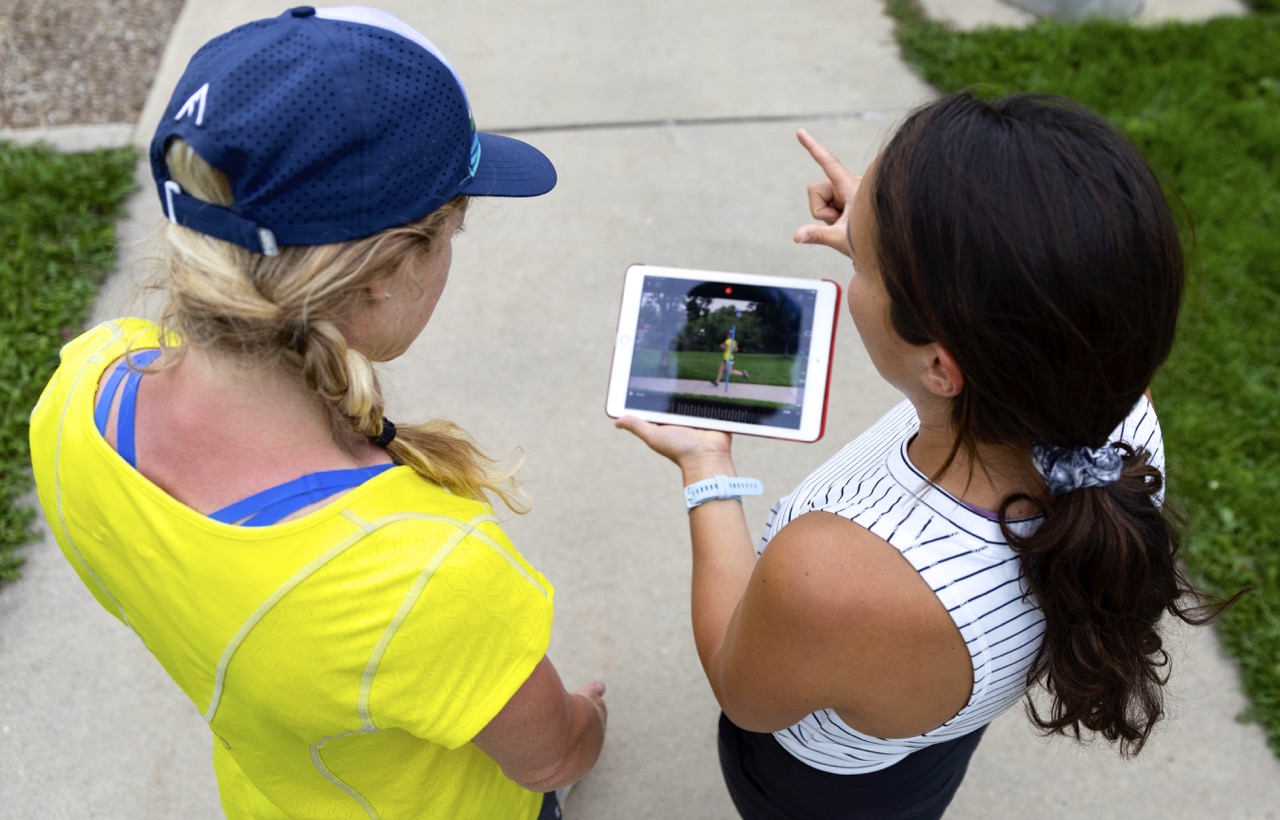


Why get a Running Analysis?
The primary reasons to get a biomechanical running analysis boil down to:
1. Performance improvement – run faster for longer
2. Reduce running injuries – by attaining a more efficient gait
While running has numerous health benefits, it is also associated with a high rate of injury. In a 12-month period, over 60% of runners may experience a running injury which will put them out for a period of time. And quite ironically, the weakest part of a runner’s body is often their gluts, legs and feet!
How about a Running Shoe Store Analysis?
In theory, you could have your running analysis at any of several commercial running shoe stores. While we're sure the stores are well intentioned, a professional running analysis or gait analysis offers the full 360 view of your running ability versus a surface level look. Think of it like choosing to see a dental hygenist for your oral care but never seeing a dentist to know where your teeth truly stand. An over simplfied evaluation can cost you by leading to further unintended injury. A 2011 study found that the practice of assigning runners shoes based on their pronation is “overly simplistic and potentially injurious.”
A detailed, individualized analysis of your body in motion while running can prevent injuries, help your injury, and provide invaluable self knowledge.
Professional gait analysis, like that used at Alpine Fit Physical Therapy and Nutrition, is both evidence-based and holistic. A gait analysis can also help patients who suffer from the lower extremity conditions such as knee pain, hip pain and ankle pain.
The key to improving running is smarter movement.
Your running gait, comprised of three phases, is the way your foot strikes and leaves the floor with each stride.
The three phases of running are the loading phase, propulsion phase, and recovery phase. Each of these phases are cyclical and because of that are inter-dependent with inefficiency in one leading to inneficiency in the subsquent phase and on and on for as many miles as you run.
Running is nothing but a series of single leg hops. These hops result in the transfer of energy from your body to the ground allowing for forward progression. As a runner your pace is determined by the amount of energy transferred. When biomechanically efficient, the body moves from one point to another expending the minimal amount of energy.
When running, the primary focus should be on how to become more biomechanically efficient which will naturally result in faster times if desired. But, most importantly, this efficiency creates a foundation of improved motor programs that support training without interruptions due to injury.
Today’s Running Analysis is Holistic
Not too long ago, therapists looked for the cause of injury almost exclusively in foot motion, especially pronation (the natural motion of the foot when landing). And while pronation is still an important part of running analysis, we know that much more is involved.
We believe that running injuries are created “from the top down.” This means that hip and pelvic motion, as well as whole body position can be as important as the mechanics of the foot and ankle themselves. It is a whole body analysis which includes looking at your biomechanics, strength, and mobility as well as your running goals, diet, sleep patterns, and how you train.
Here are some key points to consider when looking at your own gait:

1

0
Comments :